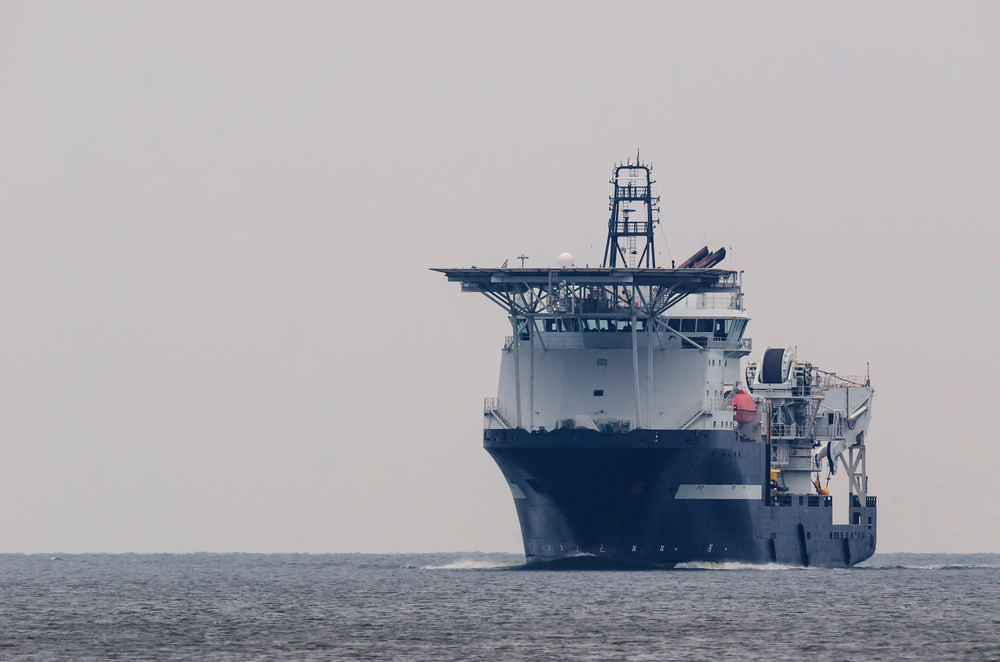Yvan Gelbart
,
Lead Analyst
Author
, Published on
September 19, 2025
Sarah McLean
,
Lead Content Manager
Co-Author

An analysis of South Korea’s offshore wind story so far, and what the future holds.
%20(1).webp)
South Korea has seen a rapid increase in offshore wind capacity since 2023, with significant expansion on the cards before the end of the decade. While domestic infrastructure and vessel capacity have been able to cope so far, will it continue to do so? Spinergie’s lead analyst, Yvan Gelbart, shares expectations for the near-to-medium term.
Prior to 2023, and excluding a handful of single-turbine demonstrators, only 30 commercial offshore wind turbines were installed in South Korean waters. These turbines were spread across just two bottom-fixed projects: Tamra and South West 1.
KOEN’s Tamra project consists of 10 3-MW turbines and was fully commissioned in 2017, while KEPCO’s South West 1 project, consisting of 20 3-MW turbines, followed in 2020. Since the Jeju Hallim project added 18 turbines in 2023, the domestic market has taken off, and another ten will be added to the tally by the end of 2024 courtesy of the Jeonnam 1 project. These two projects will bring the total number of South Korean turbines to 58, nearly doubling in just two years. This could potentially, however, be a border effect.
It is also notable that Jeju Hallim and Jeonnam 1 have used the heavy-lift jack-up Hyundai Frontier, keeping the vessel busy since its delivery in 2023. Jeonnam 1 is expected to keep it busy well into the fourth quarter of this year as it continues installation operations at the 300-MW project.
The delivery of Hyundai Frontier and additional heavy-lift vessels becoming available domestically are the main drivers of this growth. While South Korea has always been a major player in the global shipbuilding landscape, since the late 2010s, the country has been holding onto more and more of its newbuilds upon delivery.
Currently, there are four key heavy-lift jack-ups active domestically:
A limited number of smaller jack-ups and sheerleg cranes, which can be used for foundation installation, bolsters the domestic fleet.
Spinergie has indexed that South Korea has 15.1 GW of offshore wind projects in the run-up to 2030 pipeline. This includes 6.4 GW of bottom-fixed projects and 8.6 GW of floating wind farms. The bottom-fixed projects alone will require at least 550 turbines.

There are no completed floating wind projects at the moment. Despite significant interest from local developers, it faces challenges as an emerging technology that has yet to find a robust economic model. Furthermore, floating wind is disproportionately impacted by port infrastructure depth and space requirements, is not supported by a specialised fleet, and faces long downtimes during maintenance. Further still, as a new technology, new floater designs are still being invented.
The globally anticipated rapid growth of floating wind has yet to materialise, though the technology is gradually advancing. Much expectation surrounds Equinor’s Firefly floating project, which is expected to be online in 2030, with many waiting and watching to see how it progresses. In the meantime, South Korea’s short-term offshore wind demand will predominantly rely on bottom-fixed foundations and heavy-lift vessels.
South Korea’s current fleet of heavy-lift jack-ups have cranes ranging from 200t to 900t, except for the Hyundai Frontier, which has a 1,200t crane. The additional capacity means that the vessel can theoretically install turbines up to 12 MW. For context, the median crane capacity in existing jack-up vessels globally is 1,500t (which roughly translates to being capable of installing turbines in the 11 to 14-MW range), with future vessels under construction featuring cranes with a median capacity of 2,600t, designed for turbines of 20-MW or more.
South Korea's upcoming projects follow the global trend of increasing turbine sizes. Domestically, South Korea has moved from 3-MW turbines to 5.6-MW with Jeju Hallim and will reach 10-MW at Jeonnam 1 by the end of 2024. However, the country’s domestic fleet is not equipped to handle the larger turbines planned for future projects, which range from 9.5 to 15-MW. While the Hyundai Frontier can install some of these turbines, the overall capacity of the fleet is insufficient.
Two options are available to address this bottleneck: increasing domestic vessel construction or sourcing vessels from abroad. However, increasing domestic capacity is not so simple, as this will require capital and a trained workforce. This was highlighted at a conference in August 2022, when the CEOs of the top three domestic shipbuilders brought the issue to South Korea’s Trade, Industry, and Energy Minister, Lee Chang-yang, where they discussed “the difficulty of finding quality human resources to take on projects.”
Alternatively, developers may turn to foreign vessels, either from China, where second-hand vessels are readily available, or from European contractors with larger, more capable fleets.
Additional reporting by Sarah McLean


Analysis of the subsea vessel fleet including its resurgence of interest and expectations for the future.
.jpg)
Maersk’s Sturgeon WTIV was set to be a pioneering Jones Act-compliant vessel for the US offshore wind market. Yet, with the domestic market faltering under the new administration the project was terminated just before delivery. Is this a sign of the wind market replicating the offshore rig glut of the mid-2010s? Spinergie’s Lead Analyst, Yvan Gelbart, presents his analysis.